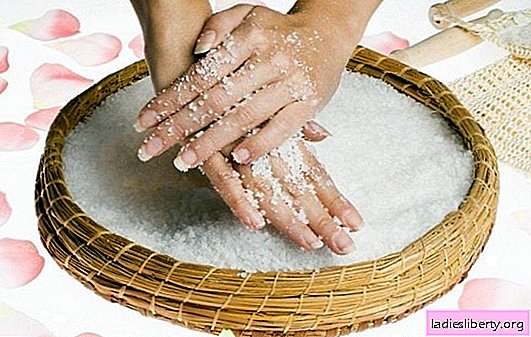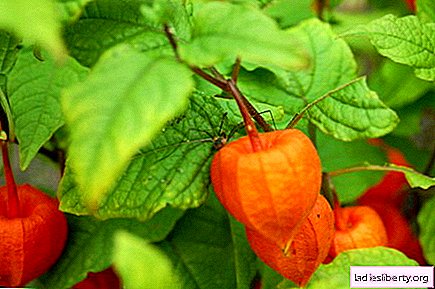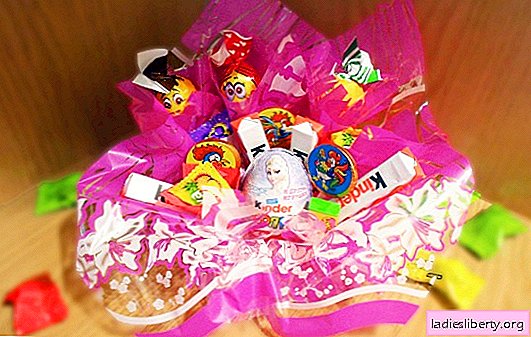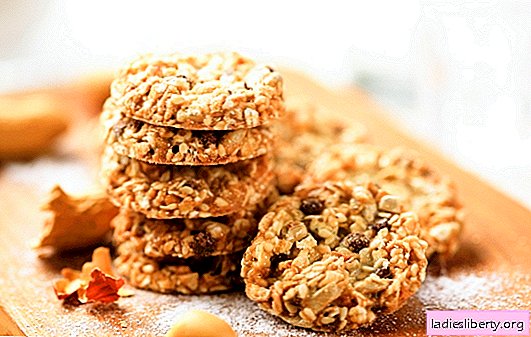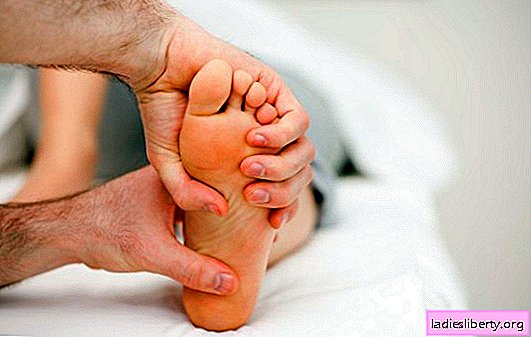
Calcaneal spur is a pathological disorder characterized by scarring, inflammation, or structural destruction of the plantar fascia of the foot. Deformation of the plantar fascia is enhanced by exercise, weight gain, or with age.
Although plantar fasciitis was initially considered an inflammatory process, recent studies have shown structural changes due to degenerative processes. As a result of new observations, part of the academic community advocated changing the name of this condition to "plantar fasciosis."
What is a heel spur?
Initially, heel spur was thought to be an inflammatory condition. However, in recent decades, research has observed changes in microscopic anatomy, indicating that the disease is actually caused by non-inflammatory structural changes in the plantar fascia. Structural changes in the plantar fascia are believed to be the result of repeated microtraumas.
Risk factors for heel spurs:
• Long stay on hard surfaces;
• The presence of a large difference in foot size;
• flat feet;
• Obesity (found in 70% of people who have plantar fasciitis and are an independent risk factor).
Studies have shown a strong association between BMI and heel spur development in the population. A correlation between weight and plantar fasciitis was not observed in athletes. Achilles tendon rigidity and the use of inappropriate shoes were also identified as significant risk factors.
Do not treat spur on the heel at home with folk remedies without the advice of a doctor. In many cases, surgery is required. It is important to identify the root cause of the disease, and then deal with its treatment.
Is it possible to treat spur on the heel at home with folk remedies with herbs
1. Apply leaves of plantain to the foot 3 times a day.
Doctor's comment: the plant is used either in food or in therapeutic agents against inflammation of the skin or mucous membranes. Young leaves can be eaten as a salad or vegetable. Fresh juice extracted from leaves (in spring, during flowering) is used for various preparations, especially eye drops (in the form of a hydrosol).
It is known that plantain substances have anti-inflammatory (in particular, due to apigenin), antitussive and mucolytic properties. It also has good antibacterial and immunomodulatory (thanks to polysaccharides) effects.
Applying psyllium leaflets to the affected area helps reduce inflammation and pain. Active substances penetrate poorly through the skin, so the effect is weak.
2. Put crushed lilac flowers on the foot and wrap with a bandage.
Doctor's comment: lilac oil, like flowers, smells very strong and is therefore used in the cosmetics industry for the production of aromas. In medicine, concentrated extracts and teas are used.
Flowers are also used mainly against sore throats. Even today, parts of lilac are used by the pharmaceutical industry. The plant has minor antibacterial and anti-inflammatory effects. With severe pain, the infusion of lilac flowers helps, but does not eliminate the root cause.
3. Compresses with vegetable oil, vinegar and dry mustard.
Doctor's comment: compresses with mustard, oil and vinegar stimulate thermoreceptors, which causes local vasodilation. Increased regional blood flow can be dangerous for bacterial infections, but it helps with degenerative diseases. Advice is unsafe in all cases, therefore it should be used only after confirmation of the diagnosis.
4. Willow bark.
Doctor's comment: active bark extract, called salicin, was isolated in crystalline form in 1828 by Henry Leroux and Italian chemist Raffael Pyria. In 1897, Felix Hoffman created a synthetically modified version (in this case, obtained from the Spiraea plant), which was less problematic for digestion than pure salicylic acid. A new substance - acetylsalicylic acid - was called aspirin by the pharmaceutical company BayerAG.
Currently, willow bark is rarely used, because it causes significant side effects when administered orally. However, it can help reduce pain and inflammation by inhibiting salicylic acid cyclooxygenases. You can take any non-steroidal anti-inflammatory drugs without consulting a doctor for no more than 3 days.
Is it possible to treat spur on the heel at home with folk remedies with food
1. Peel the black radish and grind it. Beat 3 tablespoons of mustard with 3 tablespoons of hot water and pour olive oil and then boiling water. Let it brew and strain. Then wet the swab and attach to the spur.
Doctor's comment: black radish is used for diseases of the bladder and lungs. It helps to stimulate fluid secretion of the mucous membranes in the airways and the gastrointestinal tract.
Moreover, mustard oils not only affect mucus, but also have an anticonvulsant effect. Studies show that a combination of horseradish root and black radish helps with acute heel pain. The clinical effect has not been confirmed in large randomized trials, so the prescription should not be used.
2. Cut the onion into small pieces, mix with hot water, olive oil and boil for 20 minutes. Take a decoction 4 times a day.
Doctor's comment: like all species of the genus Allium, onions do not contain starch, but form and preserve fructans as a reserve substance. The human digestive system is unable to enzymatically break down fructans and resorb them in the small intestine. They get undigested into the colon and can be metabolized by bacteria of the natural flora that produce gas. After taking onions, flatulence often occurs, the smell of which, in addition to the decomposition products of fructans, also constitutes sulfur-containing ingredients.
Characteristic is the sulfur-containing amino acid isoalliin contained in the cytoplasm. After damage to the cell structure, it is first converted to propenic acid by an enzymatic alliinase present in cell vacuoles. Other reactions follow, during which numerous compounds form. Therefore, people begin to "cry" when cutting onions, when the substance enters the eyes. The use of sharp knives significantly reduces leakage.
The recipe has a weak antibacterial effect and a slight anti-inflammatory. High doses can reduce pain, but cause severe flatulence.
3. Apply a bandage of saline to the affected heel.
Doctor's comment: salt has a disinfecting and drying effect. It is not recommended to treat spur on the heel at home with folk remedies with sodium chloride, since local dehydration can cause ulcers.
4. Iodine and honey.
Doctor's comment: iodine is an antiseptic with a wide spectrum of action against gram-positive and gram-negative bacteria. Honey also has a disinfecting effect, but significantly less than iodine. Both the components of honey and iodine do not penetrate well through the dermal barrier, therefore, are ineffective in calcaneal spur.
Is it dangerous to treat spur on the heel at home with folk remedies
1. Long-term use of non-steroidal anti-inflammatory drugs (NSAIDs).
Doctor's comment: NSAIDs can cause allergic reactions, manifested mainly by skin lesions. They can also alter the body's response to allergens without causing allergy symptoms. Cases of changes in the immune response have been observed in beekeepers, who are usually not very sensitive to bee venom. After they used drugs from this group and then came in contact with bees, a very severe, generalized allergic reaction was observed in these people. This increased sensitivity persisted about a week after taking the drug.
Some drugs in this group may be hepatotoxic. Some drugs can cause bone marrow damage. Application reduces pain and inflammation, but in the long run, the harm clearly outweighs the benefits of the substance. Medications for pain in the heel fascia can be taken no more than 3 days without consulting a doctor.
Do not treat spur on the heel at home with folk remedies, since in many situations surgical intervention is necessary. Untimely therapy can threaten bacterial arthritis and subsequent complete destruction of the joint.

